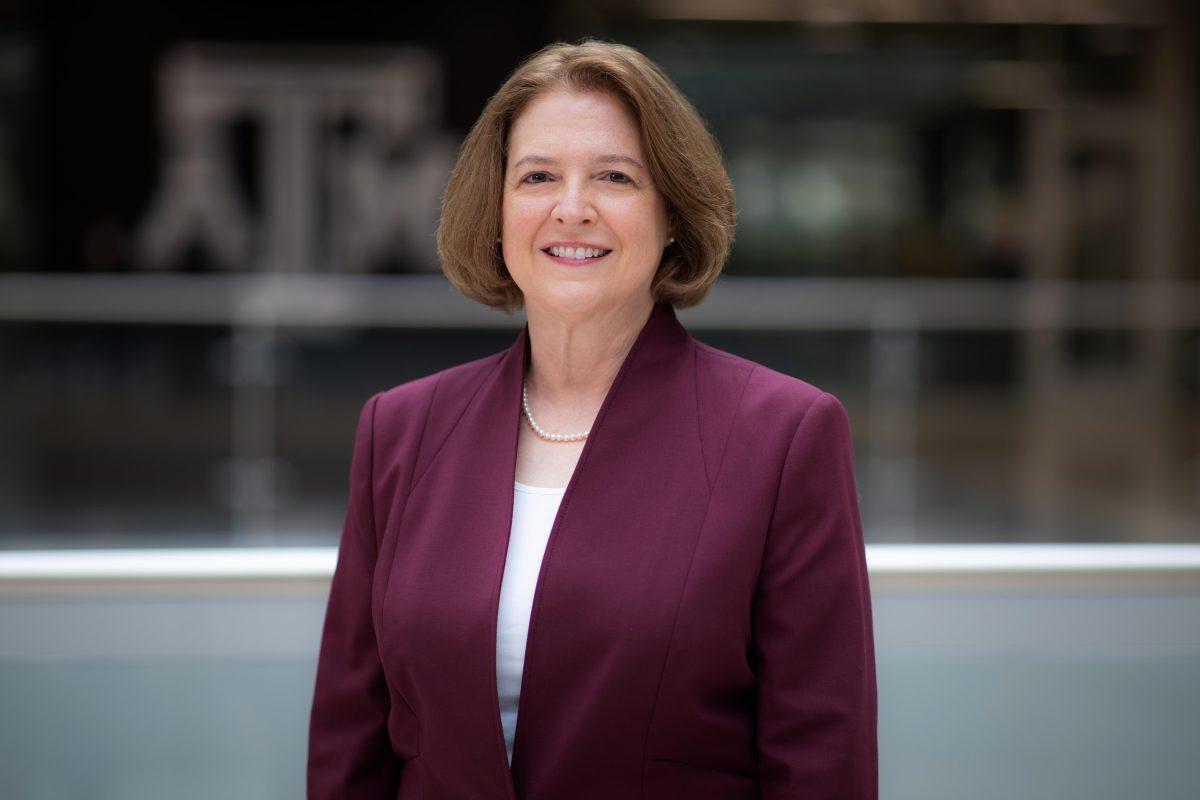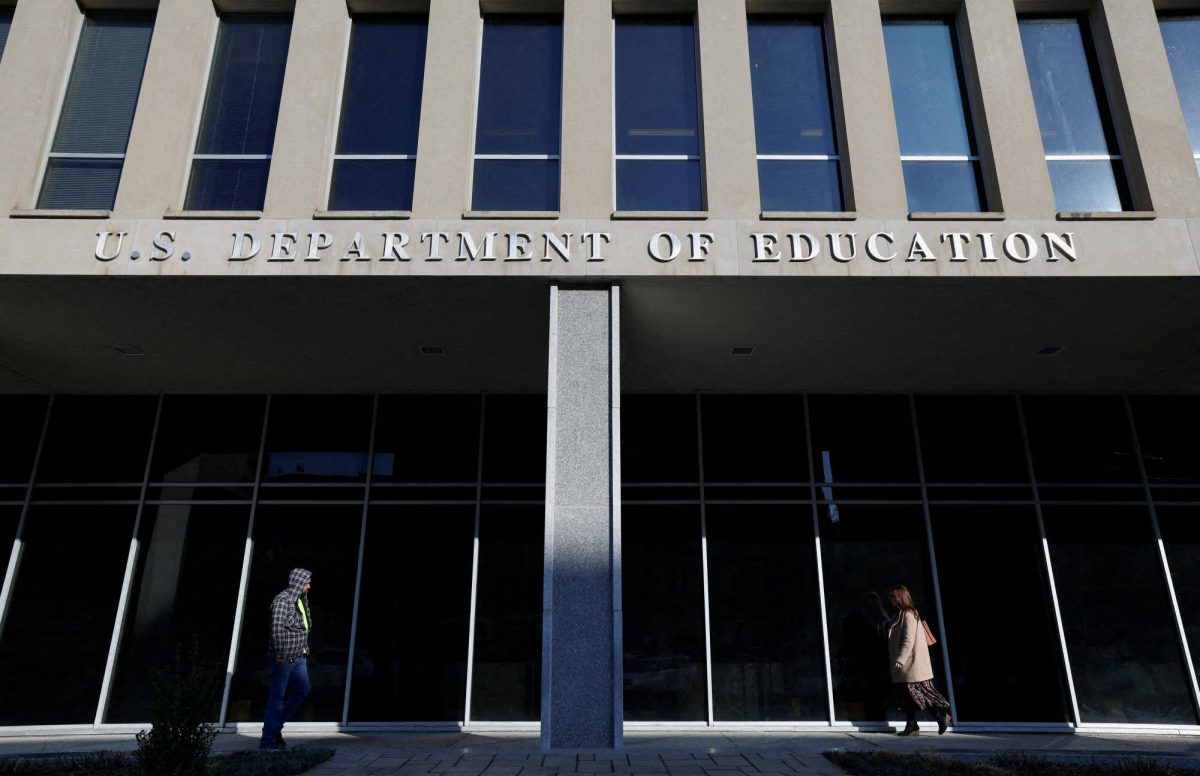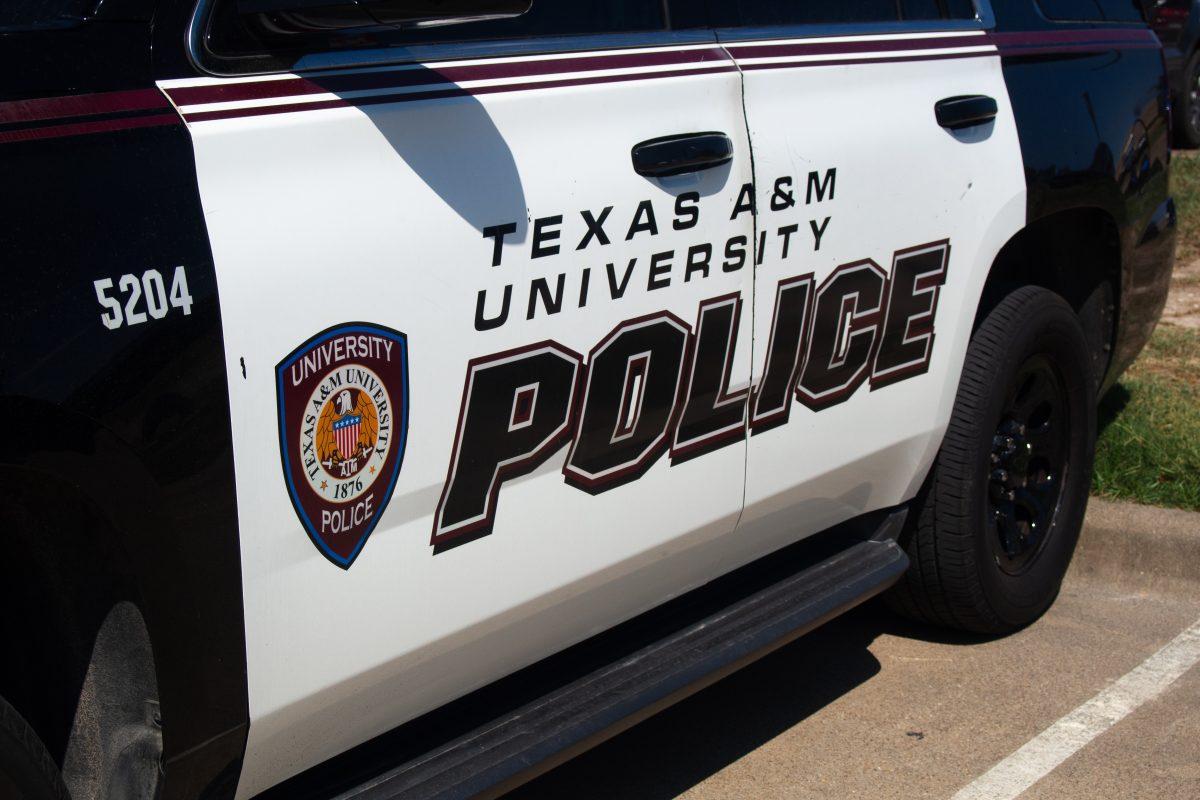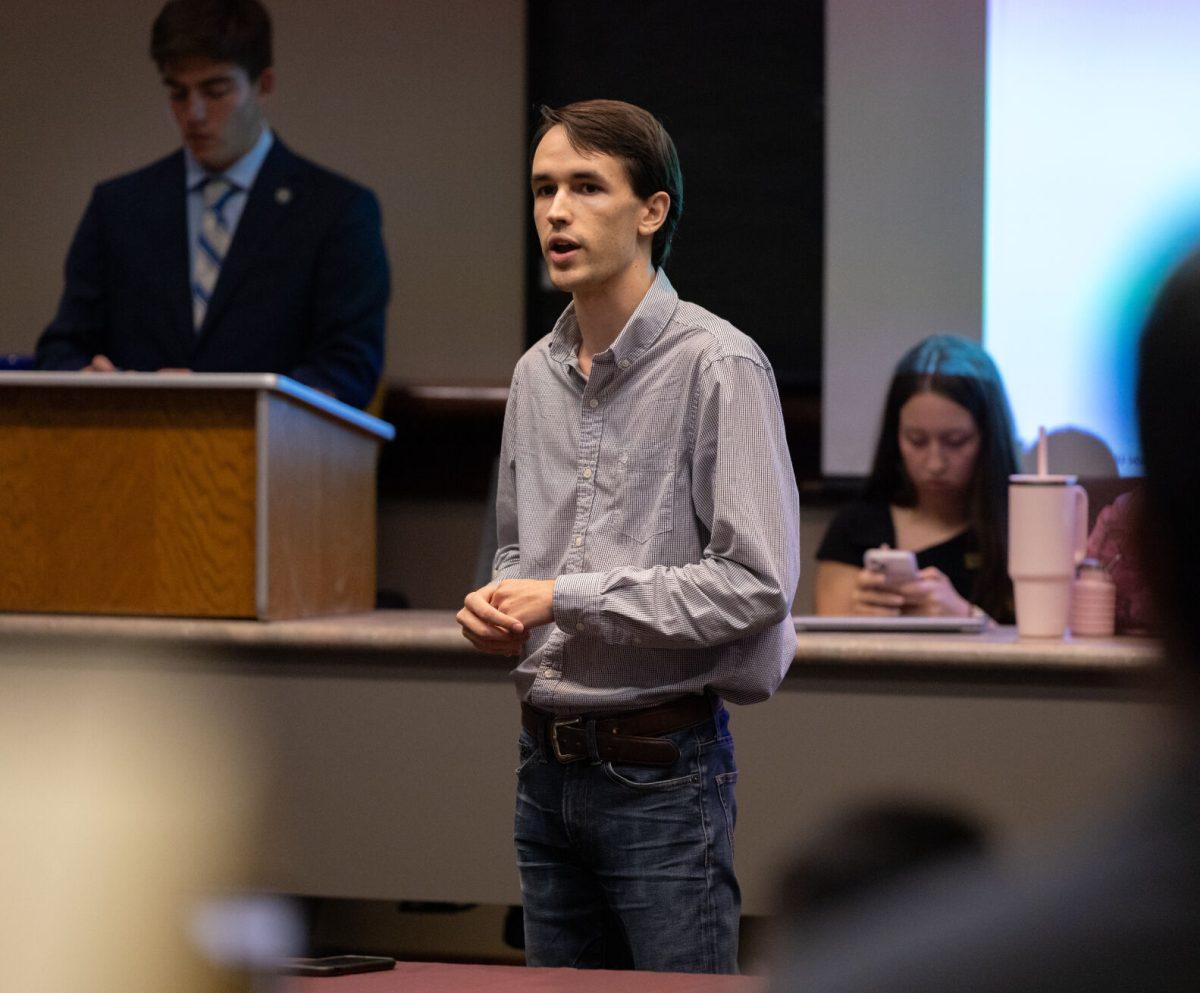Katherine Banks, Ph.D., will step into her role as the 26th President of Texas A&M beginning June 1. Banks will be the second woman to serve as president of the university. Soon-to-be university President Banks spoke with The Battalion news reporter Aubrey Vogel; read their Q&A below.
THE BATTALION: How did you get to Texas A&M, and what has your role looked like up until this point?
KB: I arrived at Texas A&M in January of 2012. I was [formerly the] department head at Purdue University in the department of civil engineering. I moved to Purdue from Kansas State University in 1997 where I was a professor for seven years. I joined Kansas State University after I received my Ph.D. from Duke University in 1989. The position for which I was hired when I arrived here in January of 2012 was Dean of the College of Engineering, Director of the Texas A&M Engineering Experiment Station and Vice-Chancellor of Engineering, which included oversight of the three engineering agencies. My office also connects with the other [A&M] System institutions and their engineering programs. For example, when there is a new engineering academic program at other System institutions, we help them ensure that the appropriate credentialing is achieved.
THE BATTALION: What has been your favorite part of working with the engineering department at Texas A&M?
KB: In one word, everything.
I think this is the best College of Engineering anywhere. I came here because there was great potential, and I saw that potential in the students, faculty and staff. I knew that we could achieve great things. We had already achieved wonderful things in this college, but we also could set our sights a bit higher in the future. I knew we had the foundation to be successful, and I believe that this building, the Zachry Engineering Education Complex, is an example of the types of things that we achieved in the College of Engineering. When I arrived, we moved forward with a broad range of plans.
The idea for the renovated Zachry building came from students. It was an idea from the Student Engineers’ Council. One issue that I noticed when I arrived was the deplorable condition of this building. It was in terrible shape, and the students were embarrassed about the condition of the building. They wanted a new facility that represented technology and engineering in a new way. The Student Engineers’ Council asked if we could consider a facility where all engineering students could gather. Our students saw that most of the true challenges and opportunities in practice came from cross-cutting areas. But at the time, students from each discipline stayed in their home building. There was no interaction. They wanted a facility where all engineering students could come together and work on these complex problems. Then we began to talk about the Zachry building and renovating it to become the heart of engineering. The officers of [the Student Engineers’ Council] committed to a million dollar donation for this building. It was the largest donation gift given by a student group at Texas A&M. It wasn’t money given by their parents or friends but was generated from the Career Fair, and they worked very hard for those funds. They earned the money from their hard work and dedication. How could I say no to the students when they committed to such a donation and committed to such a project? My answer was a resounding yes.
THE BATTALION: What has been your greatest accomplishment while serving in the engineering department?
KB: Again, I am very proud of this building. In addition, we have developed new curriculum, we have interacted with students in new ways [and] we have enhanced engineering education broadly. One example is our new first-year engineering program. The structure of that program is when you join the Texas A&M engineering program, you have one year in which to select a degree. You are not accepted in engineering with a specific degree identified. That is unusual, it’s unlike any other degree in this university. The reason for that approach is that students often don’t know what they want to do before they come to campus. In engineering, the curriculum is pretty defined in the sense that you can’t add many electives. So if a student chooses their major incorrectly, we often lose those students to other colleges and departments. We would prefer to have the students select a major, do well in that major and continue to graduation. This program gives students a year to evaluate all options. It is very difficult for a 17-year-old to select a major that is very specific and be tied to a job for the rest of their life that they may not necessarily enjoy. This year allows students to learn more about what they will be doing after graduation, to understand more about the curriculum, to interact with former students who are working in practice and then they are educated to make the right decision. Before we had first-year engineering, we had many students who would transfer into other majors. This is problematic because they would add time to graduation. It would add as much as a year to their program, and that is tuition money out of students’ pockets and parents’ pockets. We want our students to be on track from day one of entering the College of Engineering. The time to graduation has decreased over the last five years, and that is the period of time after we began the first-year engineering program.
THE BATTALION: What influence do you hope to leave on the College of Engineering?
KB: We have been very engaged in student success programs over the past nine years. Bottom line, our students are graduating faster, more students are retained and successful in our program, and that is a major success. Second, I am a big proponent of fundraising for scholarships, and we have raised significant funds for student support since I have been here. Former students really want to support our current students, and an excellent way to do that is through scholarship funding. Third, we have enhanced engineering education broadly through new programs. One example is Aggie Invents; it is a fantastic program. Also, we have lowered class size. Our building is designed for classes with no more than 100 students. For engineering, it is difficult to teach very large classes involved with hands-on learning experiences.
Another interesting change is our open teaching laboratory concept, which may sound a little odd. We now have teaching labs that may not be assigned for a Tuesday or Thursday 2-4 p.m. class schedule but may allow a student to come in wherever is convenient to complete the assigned laboratory assignment as long as a technician is present. This allows us to use the teaching spaces more effectively and efficiently, which means lower costs for facilities.
Finally, it isn’t just about the students here on campus but recruiting the best students. We have created a new engineering K-12 program that is working with schools across the state to encourage students to think about an engineering career years before they enter college.
THE BATTALION: What are you looking forward to most after stepping into your new role as university president?
KB: Learning more about the rest of campus. I have always been interested in multi-disciplinary challenges. As I mentioned before, complex problems are not solved by only one discipline. I think with Texas A&M’s foundation of Core Values, traditions and culture, along with our students’ inspirational energy and our supportive staff and faculty, we are truly positioned as no other university in the world to solve these complex problems. I am interested in connecting students, faculty, staff across campus to learn about their ideas, concerns and opportunities and then to align these ideas into a comprehensive vision for the campus that everyone can support.
THE BATTALION: How do you plan to interact with students?
KB: I just enjoy being with students. I want to interact with students through athletics, events and activities. The students are truly the heart of this university. I have served in a number of roles since I arrived in 2012; I have served as a faculty member, an administrator and also am an Aggie Mom. All of those roles taught me different things about this university, so I am looking forward to diving in and connecting with many groups on campus. I will depend on the student leadership to advise me on how to interact effectively.
THE BATTALION: Did you ever see yourself as a university president at Texas A&M?
KB: Honestly, I wasn’t sure I would even go to college and certainly didn’t see myself in a faculty role. Moving into a department head role was interesting, and this dean’s role was an amazing opportunity that I have enjoyed very much. So, my selection as Texas A&M University’s president is truly one of the greatest honors of my life.
This is an amazing university and a very different university from other institutions in the sense that the Core Values define who we are and the traditions and culture absolutely are the foundation of this institution. Because we value the culture of respect, we interact with one another differently than other institutions.
We should always remember who we are, determine how our strengths and unique features position us to help the world and not be followers. We need to step forward and be leaders.
THE BATTALION: How does it feel to become the next university president?
KB: I am so grateful that the chancellor and the Board of Regents selected me for this opportunity.
The future is bright, but we need to work together to identify initiatives to position Texas A&M as a unique institution with a specific skill set that can contribute broadly to education, outreach and research. The time is now to step forward and lead by example.










